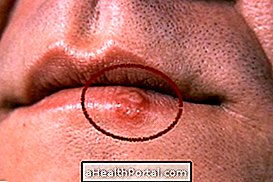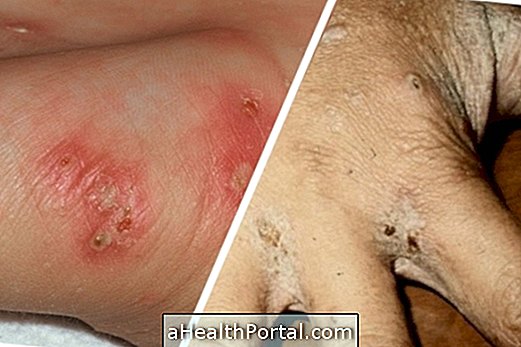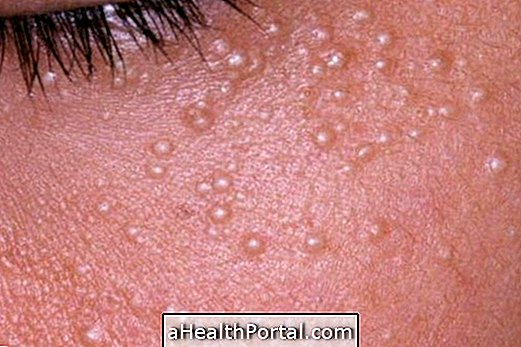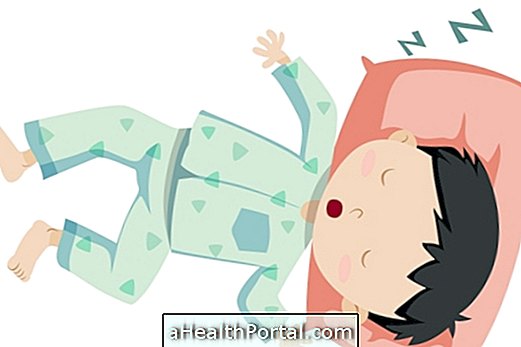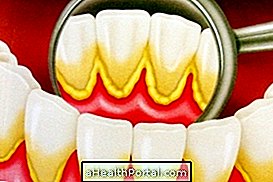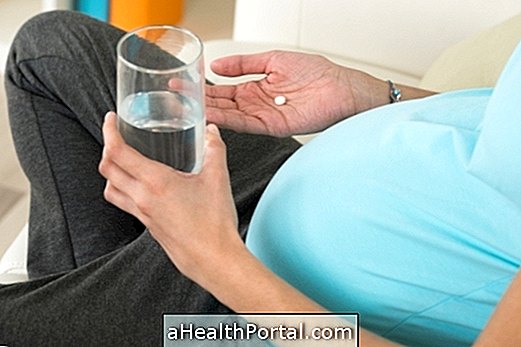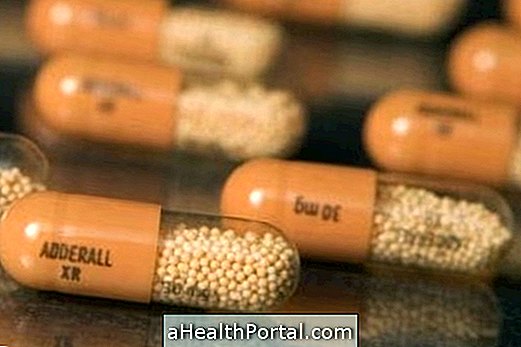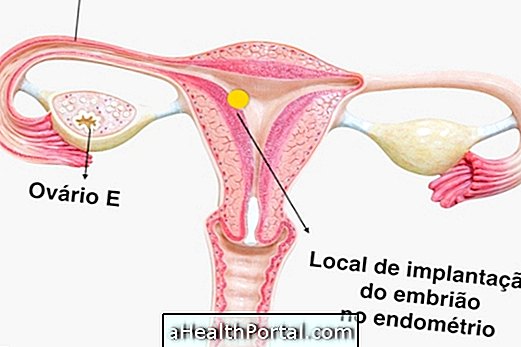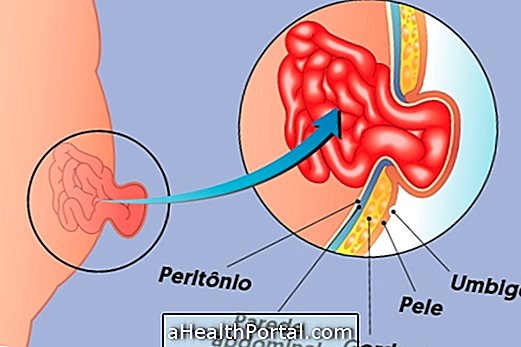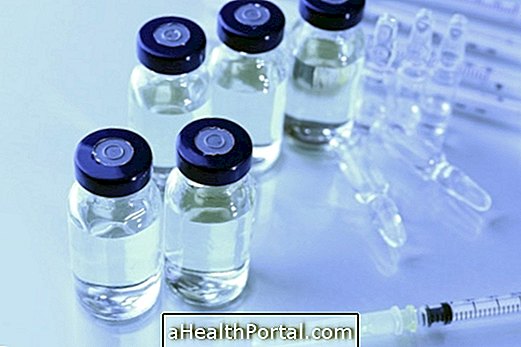Stevens-Johnson Syndrome is a very serious skin problem that causes reddened lesions throughout the body and other changes, such as difficulty in breathing and fever, which can be life threatening.
Stevens-Johnson syndrome usually arises because of an allergic reaction to a drug, especially penicillin or other antibiotics, so symptoms may occur up to 3 days after taking the drug.
Stevens-Johnson syndrome has a cure, but treatment should be started as soon as possible in the hospital to avoid serious complications such as generalized infection or internal organ damage that can make treatment difficult and life-threatening.
Photos of Stevens-Johnson syndrome
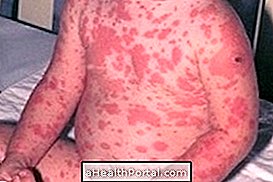

Source: Centers for Disease Control and Prevention
Treatment for Stevens-Johnson Syndrome
Treatment for Stevens-Johnson syndrome should be done at hospital admission and usually begins with the discontinuation of any medication that is not essential for treating a chronic illness as it may be causing or worsening the symptoms of the syndrome .
During hospitalization, it may still be necessary to inject serum directly into the vein to replenish fluids lost due to lack of skin at the sites of the lesions. In addition, to reduce the risk of infection the skin wounds should be treated daily by a nurse.
To reduce the discomfort of the lesions, cold water packs and neutral creams that moisturize the skin, as well as the ingestion of medicines prescribed by the doctor, such as antihistamines, steroids or antibiotics, may be used.
Learn more about treatment in: Treatment for Stevens-Johnson syndrome.
Symptoms of Stevens-Johnson Syndrome
Stevens-Johnson syndrome usually comes with flu-like symptoms such as tiredness, muscle pain, and headache, but they are quickly accompanied by reddened lesions that spread throughout the body.
In addition, other symptoms that may appear include:
- Swelling of the face and tongue;
- Difficulty breathing;
- Pain or burning sensation in the skin;
- Fever above 38ºC;
- Sore throat;
- Persistent cough;
- Burning in the eyes
When these symptoms appear, especially up to 3 days after taking a new medication, it is recommended to go to the emergency room quickly to evaluate the problem and start the appropriate treatment.
The diagnosis of Stevens-Johnson Syndrome is made through the observation of lesions, which contain specific characteristics such as colors and shapes. Blood, urine, and specimens of the lesions are indicated when secondary infections are suspected.
See other symptoms that may appear in this syndrome in:
- Symptoms of Stevens-Johnson Syndrome
